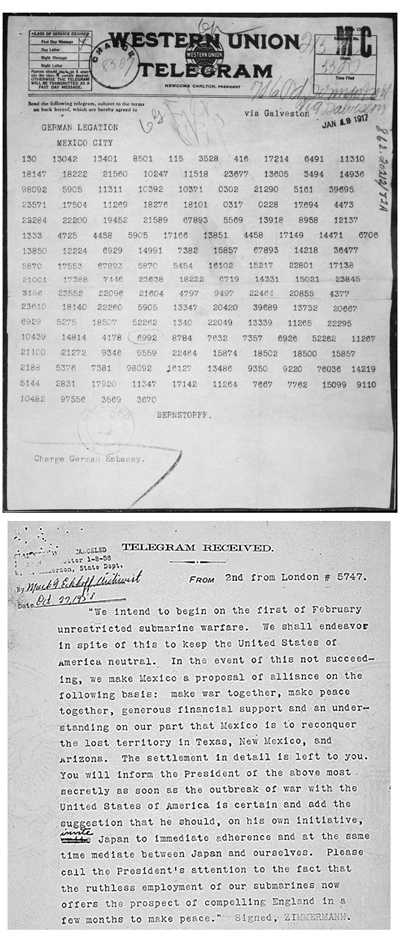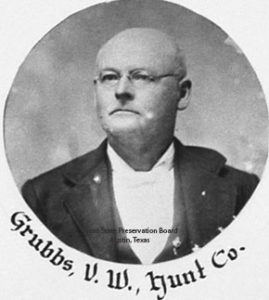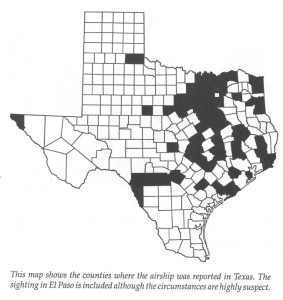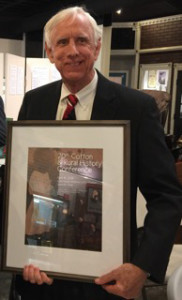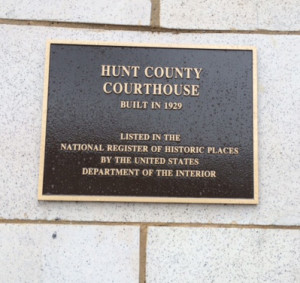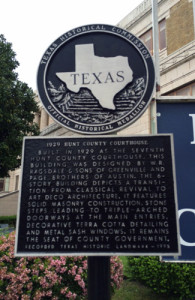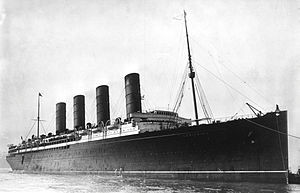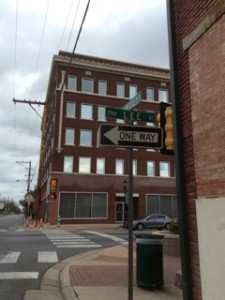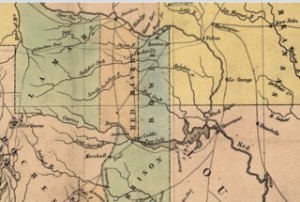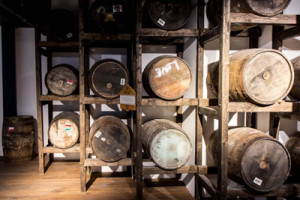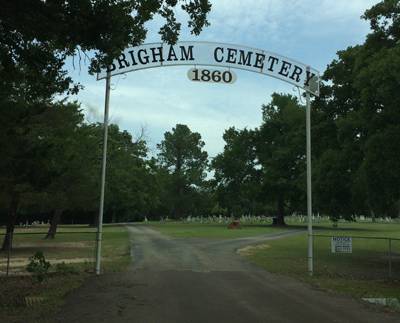
Entrance to Brigham Cemetery, north of Campbell. There are many beautiful and unique markers in this well-maintained cemetery.
I noticed in a recent issue of the Herald Banner that many of the area cemeteries are having Memorial Day Ceremonies and Cemetery Association Meetings this weekend and next. So many of the cemeteries in Hunt County are well cared for while others need much more tender care. You know, of course, that in the past family members cared for their relatives’ graves.
Today, so many of the relatives and descendants are older or have moved away. We now depend upon the cemetery association to see that grounds are mowed and weeds trimmed. With all the rain we have had this spring caring for graves is a chore.
Memorial Day began in May 1866. There are two versions of the beginning. One is the Union version and the other is the Confederate version. Widows and families of deceased on both sides began to clean graves, see that bodies were moved to a site nearer to home, and add flowers to the graves.
Technically, the death count for the Civil War was extended until the 1870 census due to the severely wounded after war who died within the next five years. Countless funerals were held locally throughout the nation. Grief was a common emotion everywhere.
So my questions are: How much do you know about the cemetery where your loved ones are buried? Do you know when and where the first burial was? Are there unmarked graves within the cemetery? Are there any graves outside the cemetery? Who knows best? The members of the community who are in their 70s and 80s.
The older population may remember attending a Memorial Day grave cleaning. They may remember family stories. You’ll never know until you ask. So ask questions. Appoint someone to take notes or use a cell phone to record the interviews. There’s no better time than this spring.
If your cemetery has a historical marker, someone did a history for you. But many times, someone who didn’t live in the community and had no idea of the great-untold stories wrote the history.
Many graves in farming communities were scraped graves. The family members knew how conscientious the deceased person was about keeping weeds out of the garden or field, that they hoed the grave clean several times during the growing season. Are there any around today?
Prior to the coming of the railroad, many graves were marked with wooden crosses or boards. Handmade concrete blocks with names scratched with a stick or nail are often found, especially during the depression.
Oh, the graves outside the cemetery indicate the deceased was probably an outlaw and may have even been hanged. Look for tombstones with little animals like rabbits and lambs. Those are children who died under the age of five.
What to do with all those stories? Well, I am trying to find a safe place to keep them and to share them. In the meantime, let me know how you progress. Email me. I’d love to get a history for every cemetery in the county.

